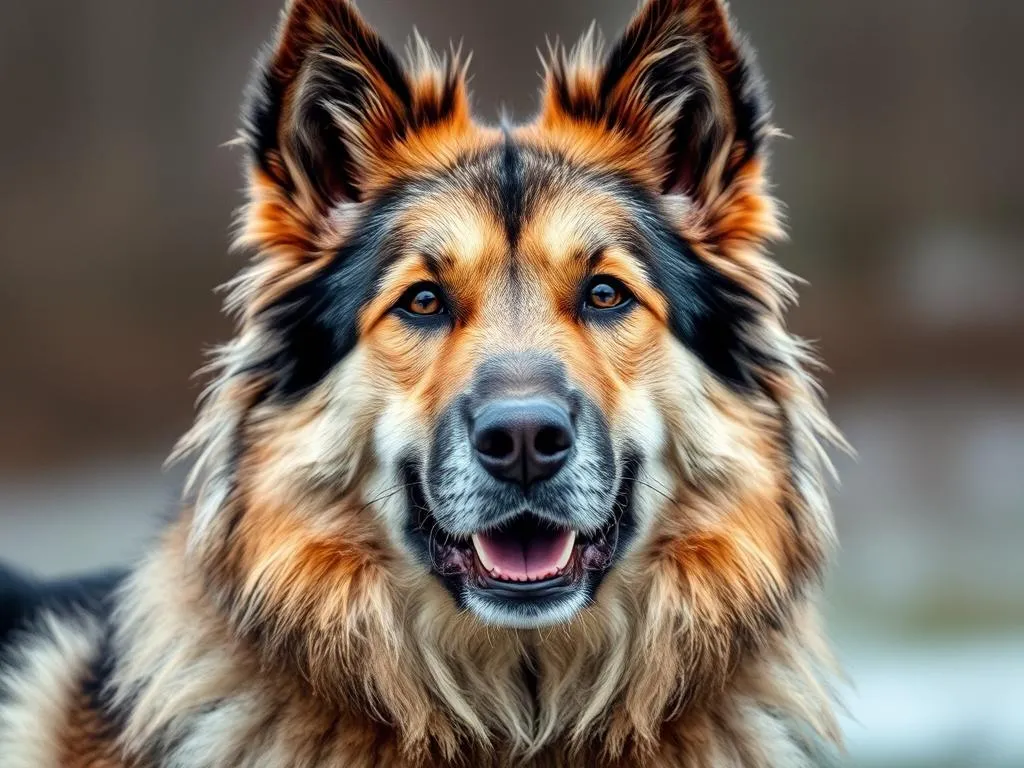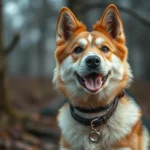
Introduction
When it comes to dog breeds, each one carries its own unique history, characteristics, and needs. Among the plethora of breeds, the Norwegian Lundehund stands out as a particularly unique and rare breed, captivating the hearts of dog enthusiasts worldwide. Understanding specific breeds is crucial for potential dog owners, as it helps match their lifestyle with the right canine companion. Here, we delve into the fascinating world of the Norwegian Lundehund, exploring its history, physical traits, temperament, care requirements, and overall suitability as a pet.
History of the Norwegian Lundehund
Origins
The Norwegian Lundehund has its roots in Norway, specifically on the island of Vaeroy, where it was bred to assist hunters in capturing puffins, a local delicacy. This breed was indispensable to the fishing communities, not only for its hunting prowess but also for its adaptability to rugged terrains and harsh weather conditions. The Lundehund’s unique skills and characteristics were finely tuned over generations, enabling it to navigate rocky cliffs and narrow crevices where puffins nested.
Evolution
Over time, the Norwegian Lundehund developed several adaptations that made it particularly suited for puffin hunting. One of its most remarkable features is its six toes on each paw, allowing for excellent traction and stability on slippery surfaces. Additionally, its flexible neck and shoulders enable it to twist and turn in tight spaces, making it a master of climbing. The breed’s evolution was heavily influenced by Norway’s geography and culture, as well as the specific needs of the hunting community.
Recognition
The Norwegian Lundehund was officially recognized by the Norwegian Kennel Club in the 1930s. However, the breed faced a significant decline in numbers due to changes in hunting practices and the introduction of modern hunting methods. Conservation efforts have been underway since the 1980s, aimed at increasing the population and raising awareness about this incredible breed. Today, the Lundehund remains relatively rare, but dedicated enthusiasts continue to promote its preservation.
Physical Characteristics
Size and Build
The Norwegian Lundehund is a small to medium-sized dog, typically standing between 12 to 16 inches tall at the shoulder and weighing around 17 to 26 pounds. The breed has a well-proportioned body, characterized by a deep chest, straight back, and a slightly arched neck. Its bone structure is strong yet lightweight, providing a sturdy build that allows for agility and endurance while hunting.
Coat and Color
The coat of the Norwegian Lundehund is double-layered, consisting of a soft undercoat and a harsher outer coat that is weather-resistant. The length of the coat varies, but it generally falls to medium length. Common colors include reddish-brown, black, and gray, often with white markings on the face, chest, and legs. The unique coat not only provides protection against the elements but also adds to the breed’s distinctive appearance.
Unique Features
One of the most notable characteristics of the Norwegian Lundehund is its extra toes. Each foot possesses six toes, which contributes to its remarkable climbing abilities. In addition to this, the breed’s flexible neck allows for a range of motion that is uncommon in other dog breeds. These adaptations were essential for the Lundehund’s historical role in puffin hunting, as they enabled the dog to navigate challenging terrains effectively.
Temperament and Behavior
General Temperament
The Norwegian Lundehund is known for its loyal and affectionate nature, often forming strong bonds with its family members. This breed is intelligent and alert, making it an excellent watchdog. Unlike many other breeds, Lundehunds can be somewhat reserved with strangers, but they are generally friendly and social once properly introduced. Their playful demeanor and spirited personality make them delightful companions.
Socialization Needs
Early socialization is crucial for the Norwegian Lundehund to develop into a well-adjusted adult. Exposure to various environments, people, and other animals will help prevent any potential behavioral issues. Socialization can be achieved through puppy classes, playdates, and regular outings. The goal is to expose them to different stimuli, ensuring they grow comfortable and confident in diverse situations.
Training Considerations
Training a Norwegian Lundehund can be both rewarding and challenging. They respond best to positive reinforcement techniques, such as treats and praise. Consistency is key; establishing clear rules and routines will help them understand expectations. Common behavioral challenges include stubbornness and a tendency to become easily distracted. Patience and creativity in training methods can significantly enhance the learning experience for both the dog and the owner.
Health and Care
Common Health Issues
While the Norwegian Lundehund is generally healthy, there are some breed-specific health concerns to be aware of. Gastrointestinal issues, such as inflammatory bowel disease, can occur. Joint problems, particularly patellar luxation, may also be present in some individuals. Regular veterinary check-ups are essential to monitor overall health and address any potential concerns early on.
Nutritional Needs
A well-balanced diet is crucial for the Norwegian Lundehund to maintain optimal health. High-quality commercial dog food formulated for small to medium breeds is recommended. Owners should also be mindful of portion sizes to prevent obesity, which can exacerbate joint issues. Consulting with a veterinarian about specific dietary needs and any food sensitivities is advisable.
Exercise Requirements
The Norwegian Lundehund is an active breed that requires daily exercise to stay healthy and happy. Regular walks, playtime, and opportunities for off-leash activities in a safe environment are essential. Mental stimulation is equally important; puzzle toys and obedience training can help keep their minds engaged. A well-exercised Lundehund is less likely to develop behavioral issues stemming from boredom or excess energy.
Living with a Norwegian Lundehund
Ideal Living Environment
The Norwegian Lundehund can adapt to various living situations, whether in an apartment or a house. However, they thrive in environments where they have access to secure outdoor spaces to run and play. A fenced yard is ideal, as it allows the dog to explore safely. If living in an apartment, daily exercise and playtime outside are crucial to meet their activity needs.
Compatibility with Families
The Norwegian Lundehund is known for its compatibility with families, including those with children and other pets. Their playful and affectionate nature makes them excellent companions for kids. However, supervision is important, especially with younger children, to ensure that interactions remain safe and positive. For first-time dog owners, the Lundehund can be a rewarding choice if they are committed to investing time in training and socialization.
Grooming Needs
Grooming the Norwegian Lundehund is relatively straightforward. Regular brushing is recommended to manage shedding, particularly during seasonal changes when they “blow” their coat. Bathing should be done as needed, typically every few months or when the dog becomes particularly dirty. Seasonal grooming tips include checking for matting and ensuring that any extra fur between the toes is trimmed to keep the feet clean and healthy.
Conclusion
The Norwegian Lundehund is an extraordinary breed with a rich history and unique characteristics that make it stand out among dog breeds. Understanding its specific needs and traits is crucial for potential owners considering welcoming one into their home. With the right environment, care, and training, the Lundehund can thrive as a loyal and loving family companion. Before adopting, it’s essential to consider all aspects of this remarkable breed to ensure a successful match for both the dog and the owner.
FAQs
Are Norwegian Lundehunds good for first-time dog owners?
Yes, Norwegian Lundehunds can be suitable for first-time owners, provided they are committed to training and socialization.
How much exercise does a Norwegian Lundehund need?
A Norwegian Lundehund requires daily exercise, including walks and playtime, to keep them physically and mentally stimulated.
What are the best training methods for this breed?
Positive reinforcement techniques, such as treats and praise, work best for training a Norwegian Lundehund.
Where can I adopt a Norwegian Lundehund?
Adoption options include breed-specific rescues, shelters, and reputable breeders who prioritize the health and well-being of the breed.
What are the unique grooming needs of a Lundehund?
The Norwegian Lundehund requires regular brushing, especially during shedding seasons, and occasional baths as needed to maintain a healthy coat.









